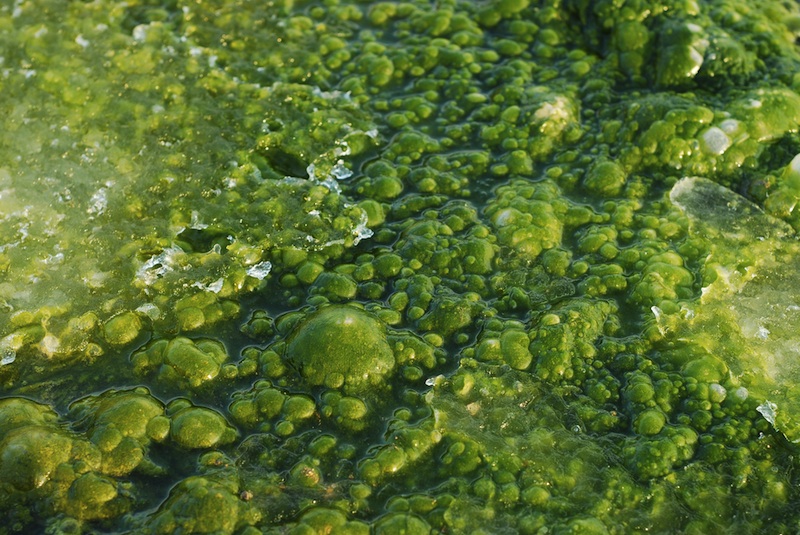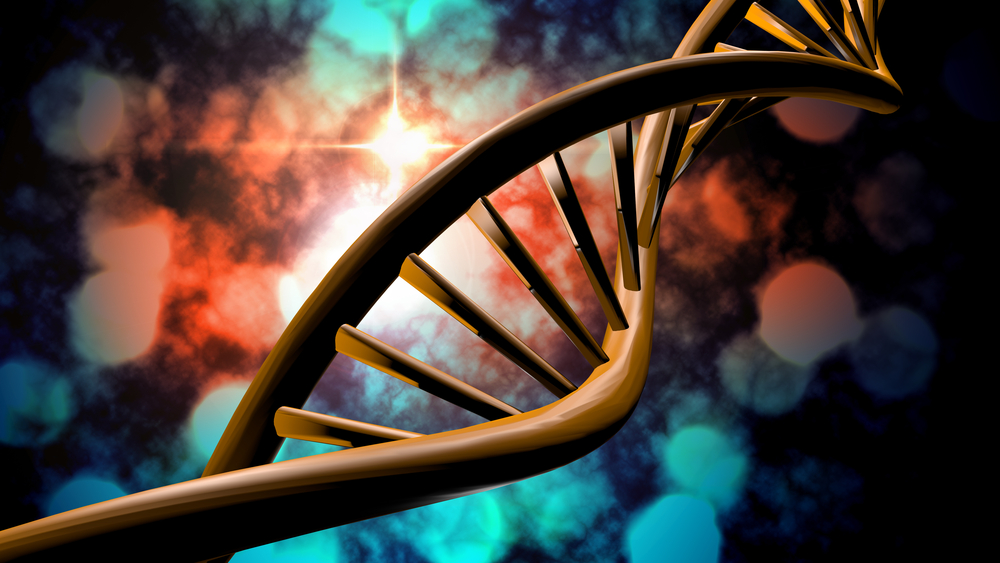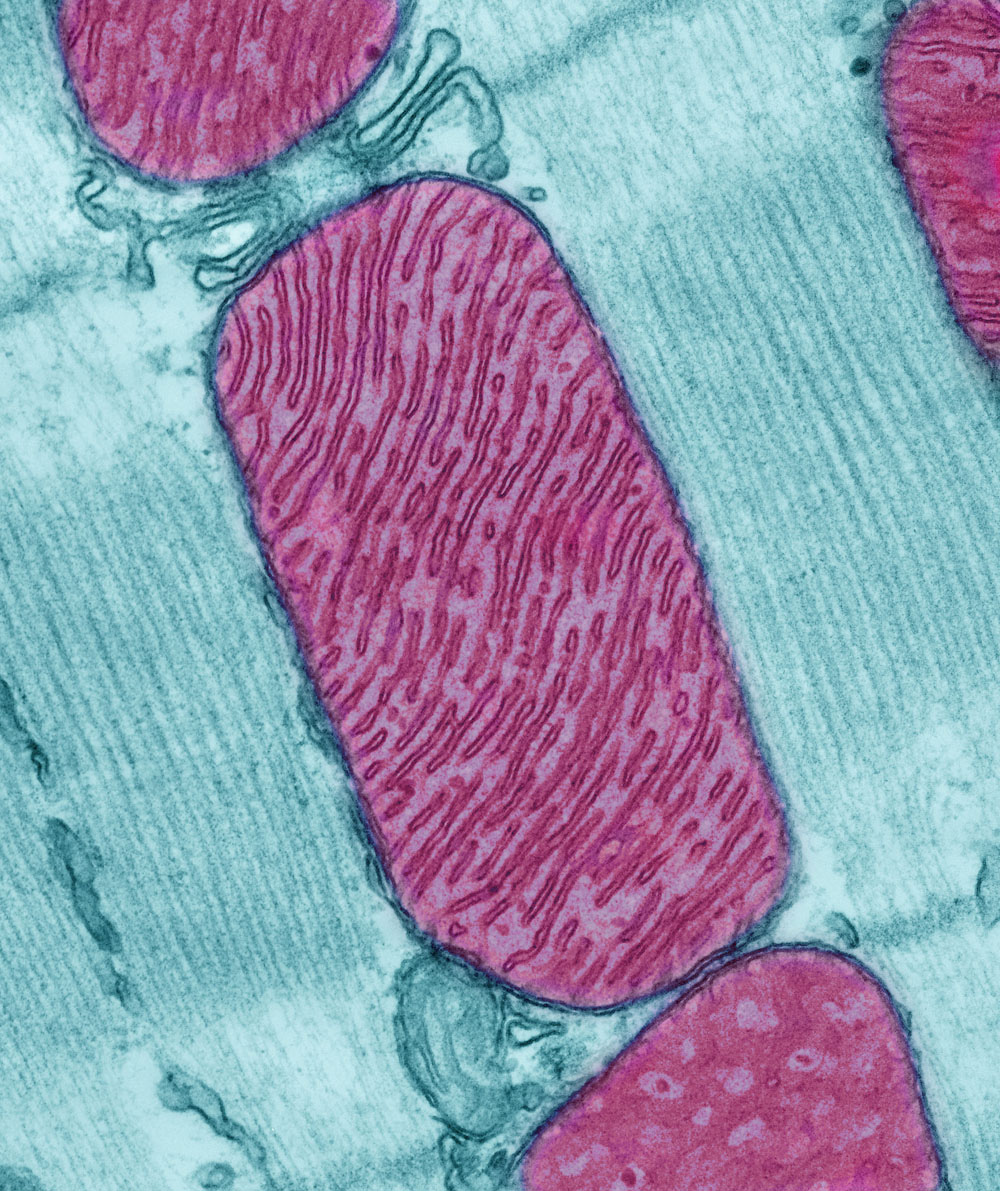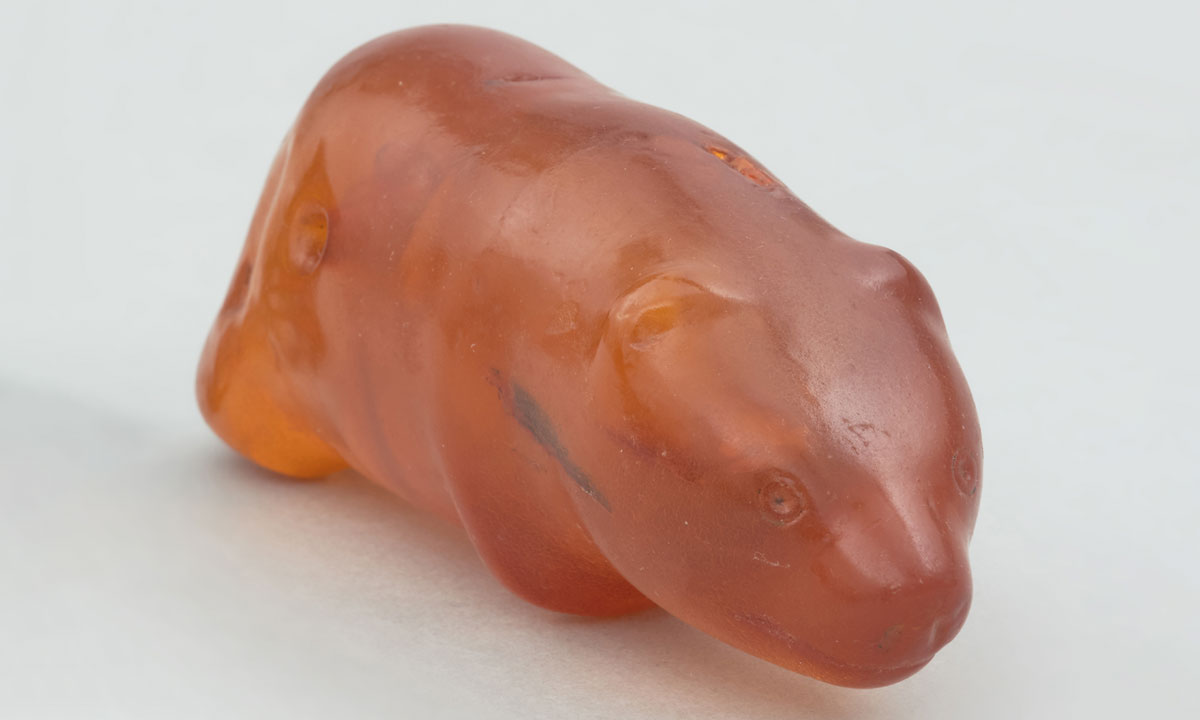Aparna Vidyasagar
Aparna Vidyasagar is a freelance science journalist who specializes in health and life sciences. Aparna has written for a number of publications, including New Scientist, Science, PBS SoCal, Mental Floss, and several others. Aparna has a doctorate in Cellular and Molecular Pathology from the University of Wisconsin-Madison, and also received a master’s degree and bachelor’s degree from the same university.
Latest articles by Aparna Vidyasagar
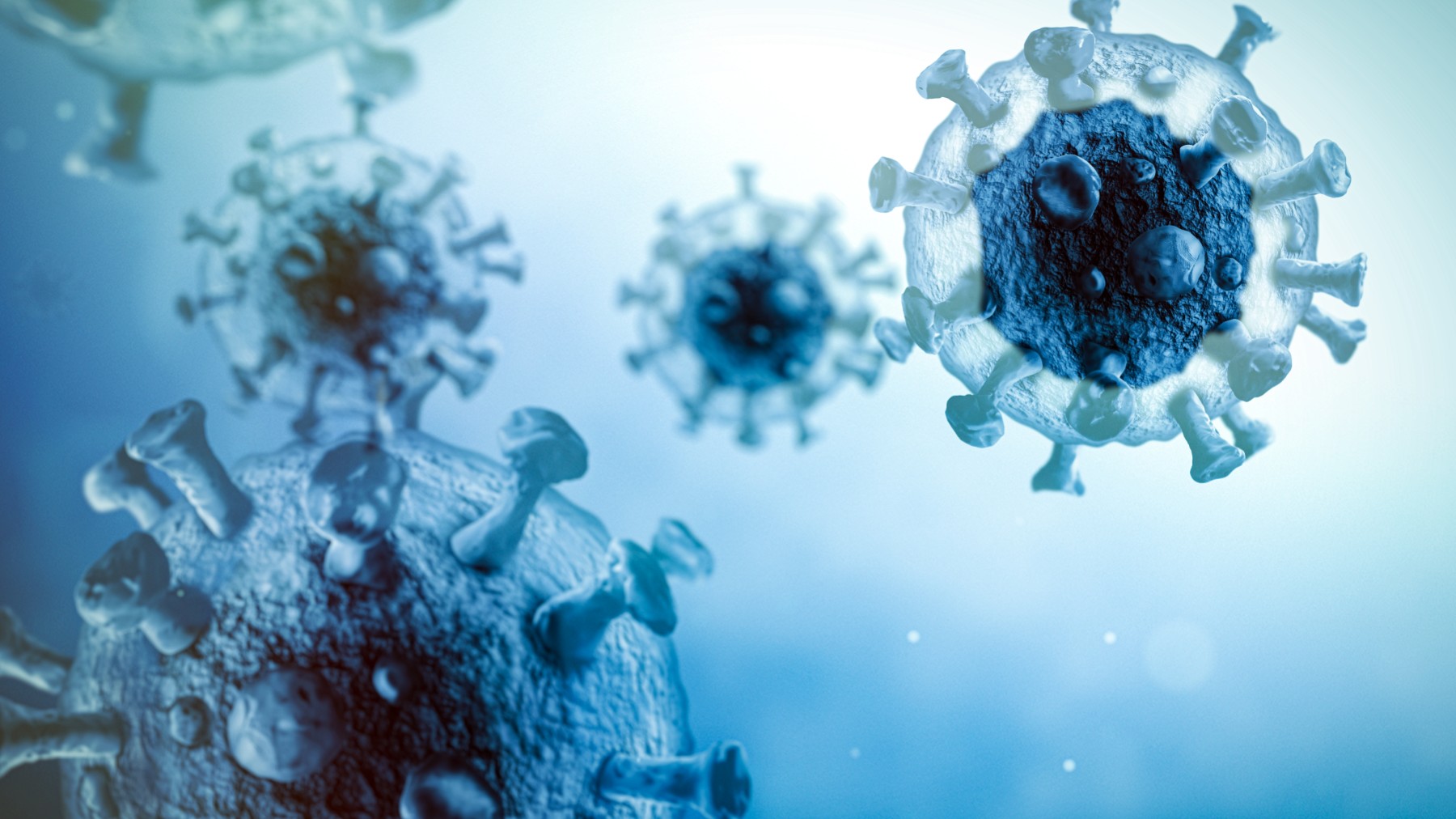
What are viruses?
By Aparna Vidyasagar published
Reference Viruses are microscopic parasites that lack the capacity to thrive and reproduce outside of a host body.
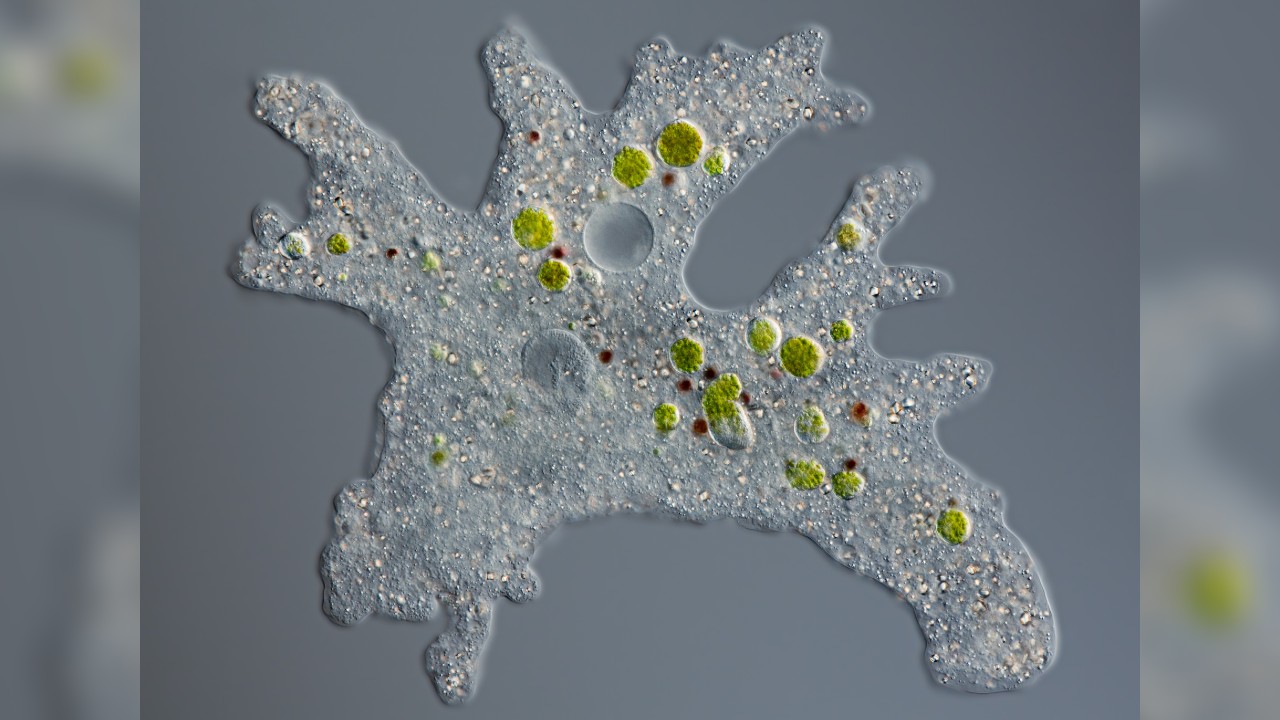
What is an amoeba?
By Aparna Vidyasagar, Scott Dutfield published
Reference The term “amoeba” refers to simple eukaryotic organisms that move in a characteristic crawling fashion.
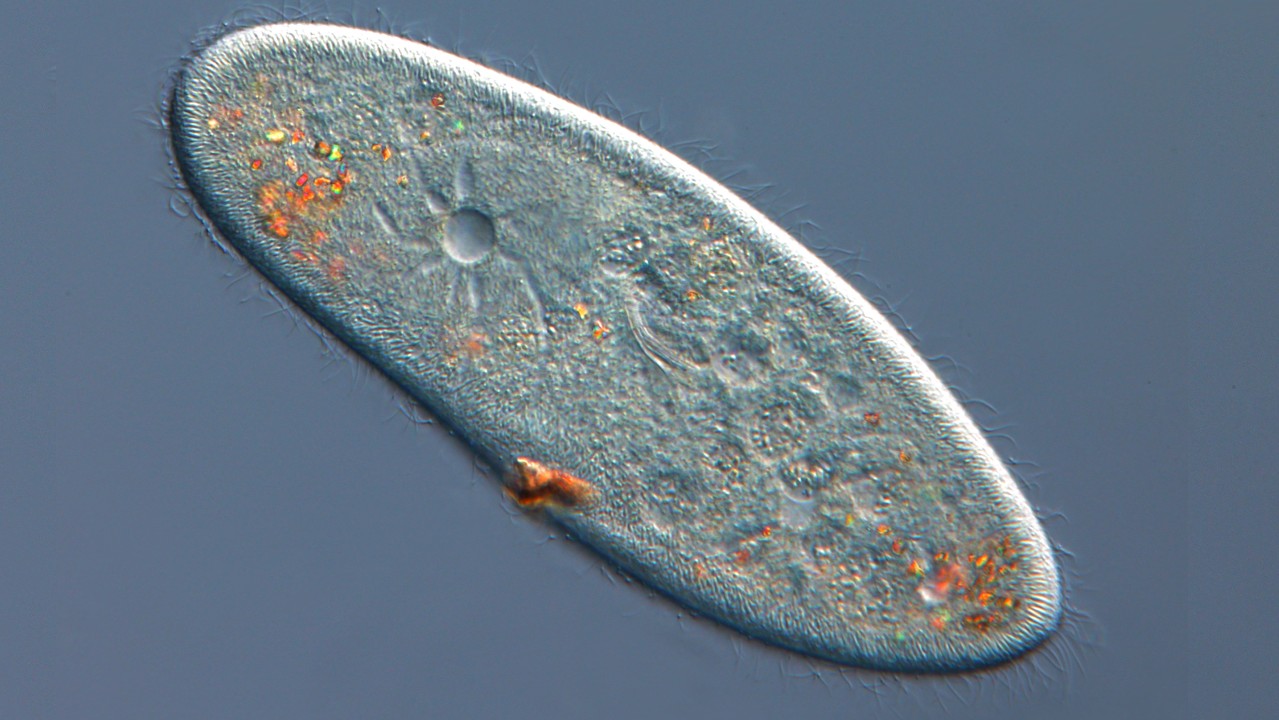
Paramecium: Characteristics, biology and reproduction
By Aparna Vidyasagar published
Reference Paramecia are single-celled protists that are naturally found in aquatic habitats.
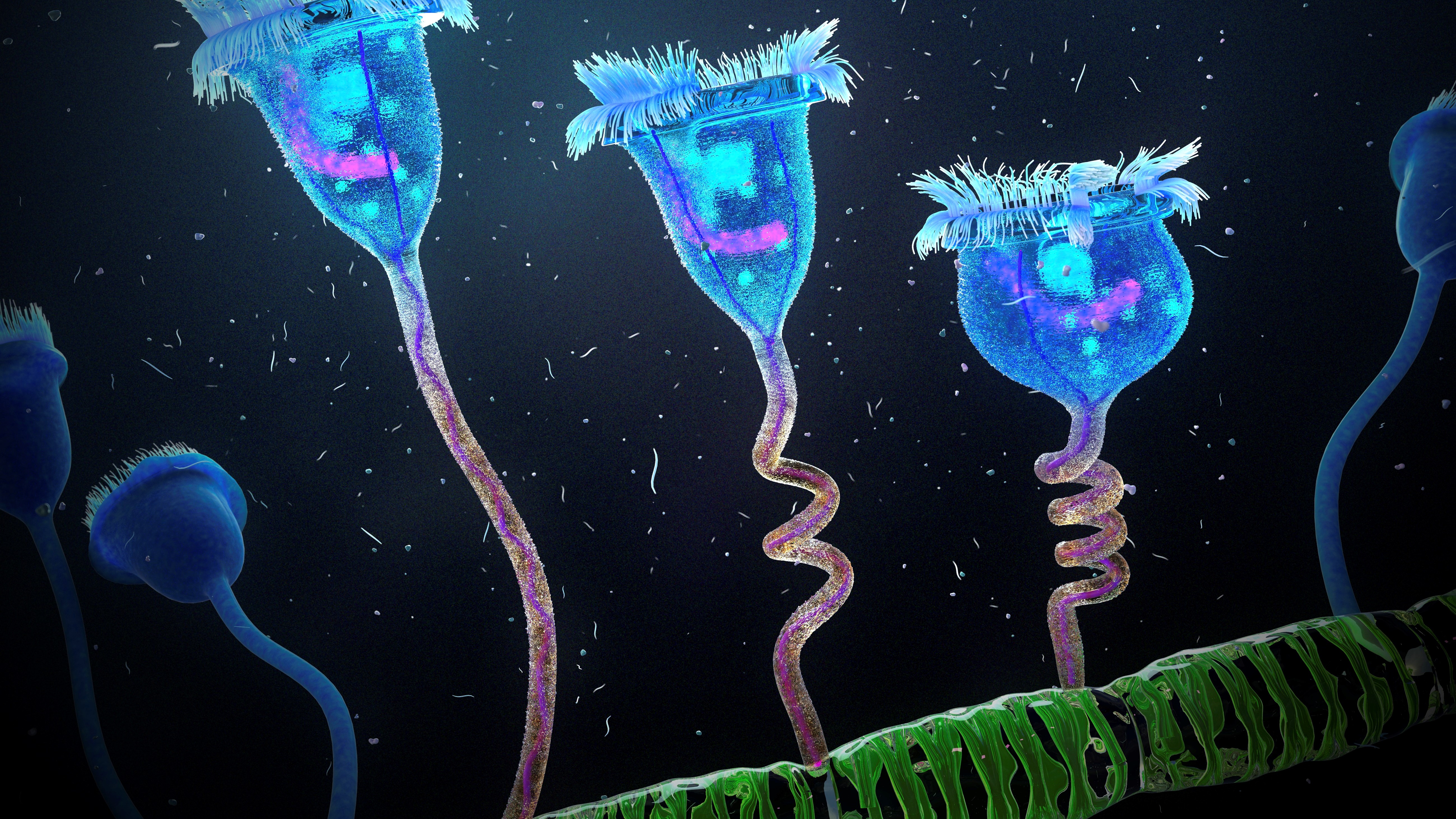
What are protists?
By Aparna Vidyasagar published
Reference Protists are one of the six kingdoms of life. They are simple eukaryotic microorganisms that do not fall into the plant, animal, bacteria or fungus groups.
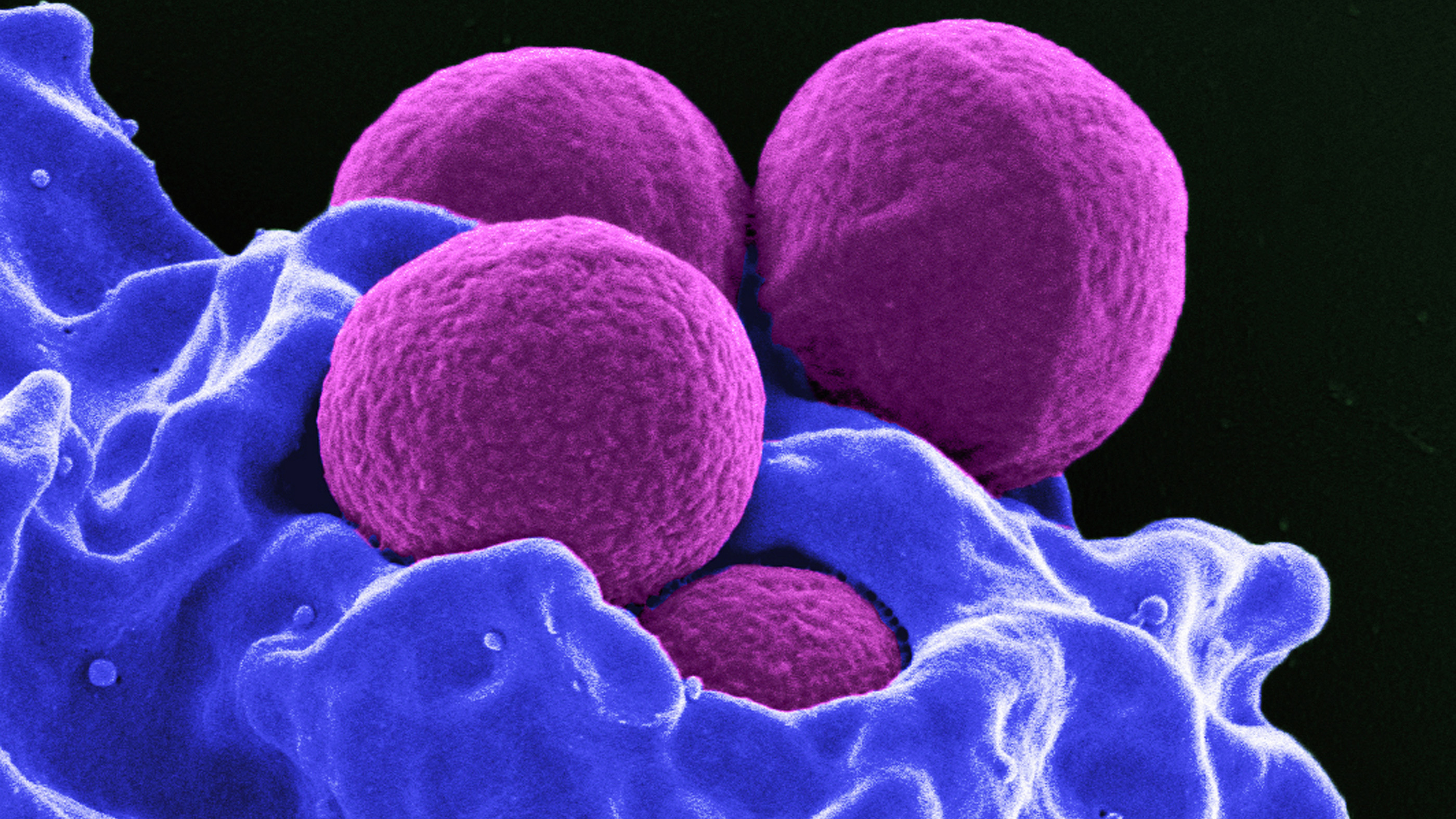
What are bacteria?
By Aparna Vidyasagar, Stephanie Pappas published
Friend or foe? These tiny microbes can cure or kill.
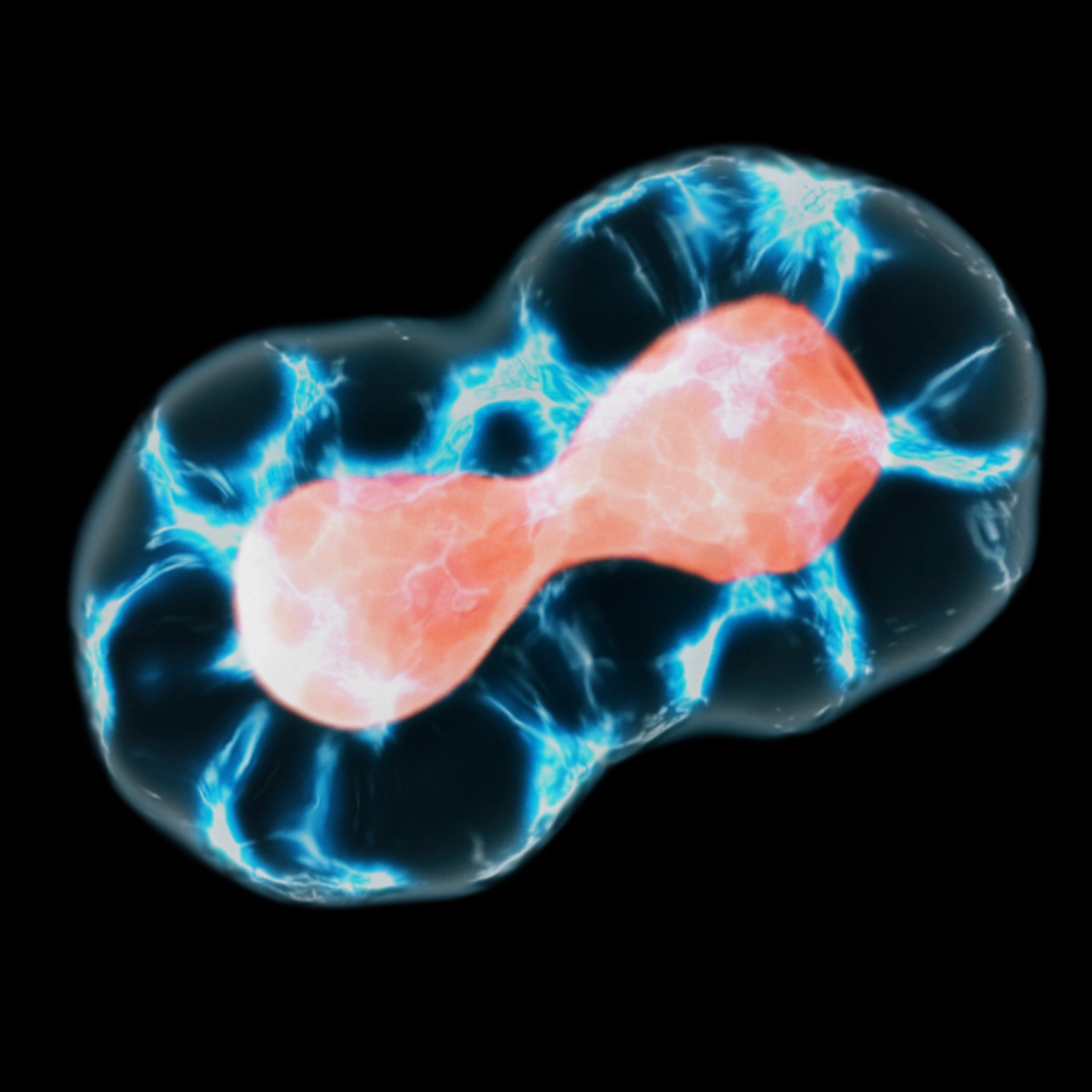
What Is Meiosis?
By Aparna Vidyasagar published
Meiosis is a specialized form of cell division that produces reproductive cells, such as plant and fungal spores, sperm and egg cells.
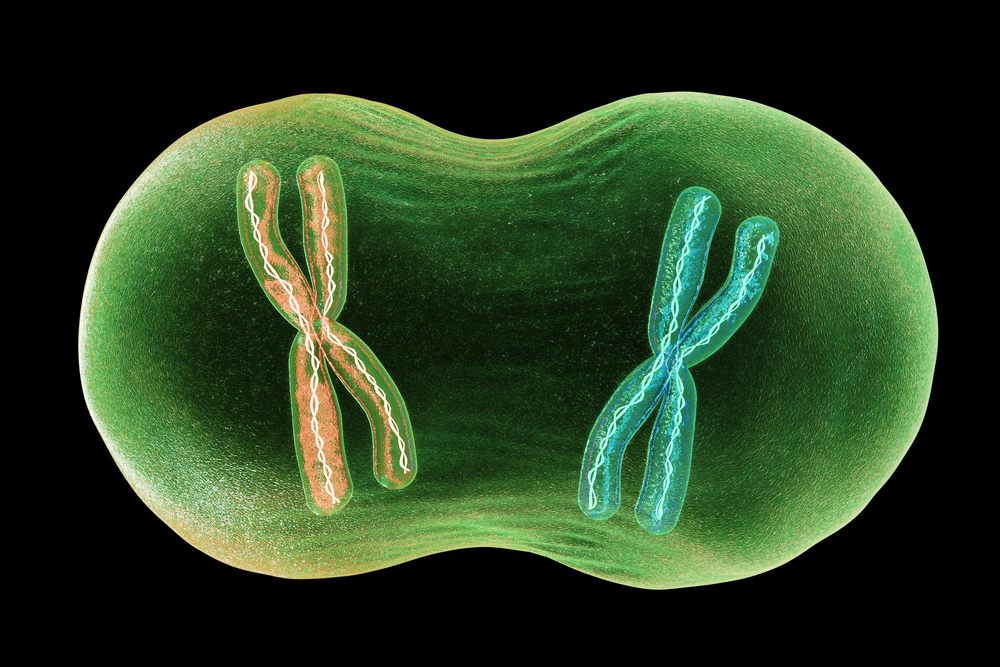
What Is Mitosis?
By Aparna Vidyasagar published
Mitosis is a method of cell division in which a cell divides and produces identical copies of itself.
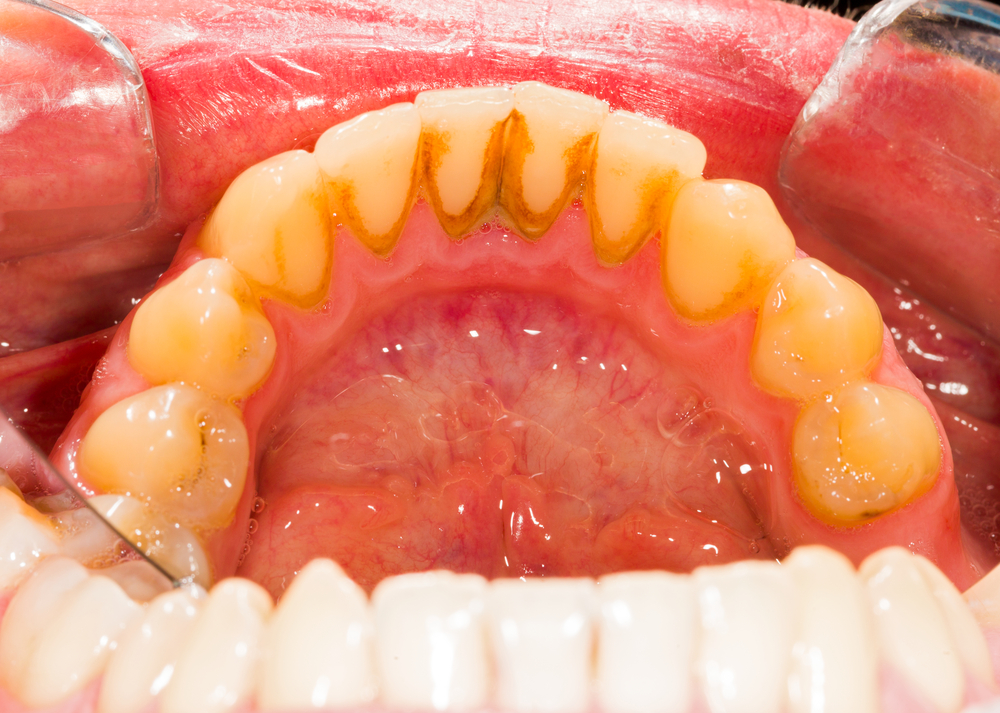
What Are Biofilms?
By Aparna Vidyasagar published
Biofilms are slimy layers of microorganisms that stick to wet surfaces. They may cause up to 80 percent of infections.
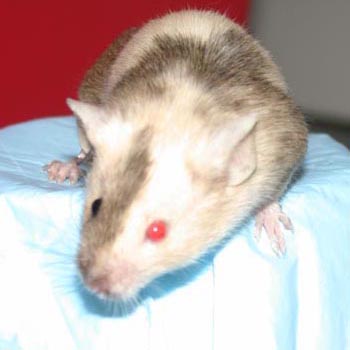
Human-Animal Chimeras: Biological Research & Ethical Issues
By Aparna Vidyasagar published
Introducing human cells into other organisms is a useful research tool. However, there are ethical considerations.
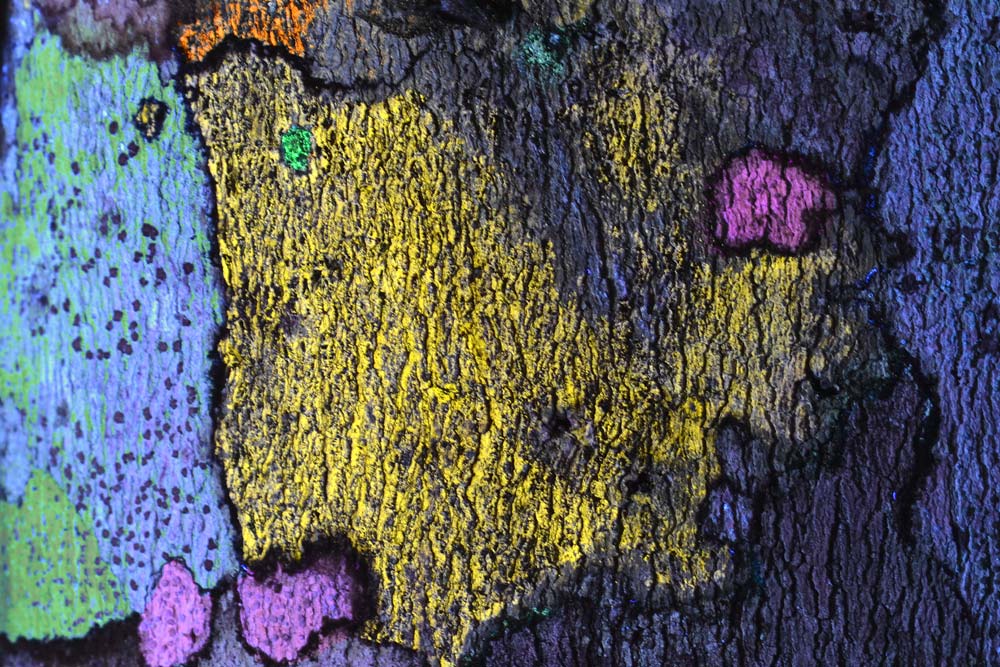
What Are Lichens?
By Aparna Vidyasagar published
A lichen is a composite organism consisting of a fungus and an alga functioning in a symbiotic relationship.
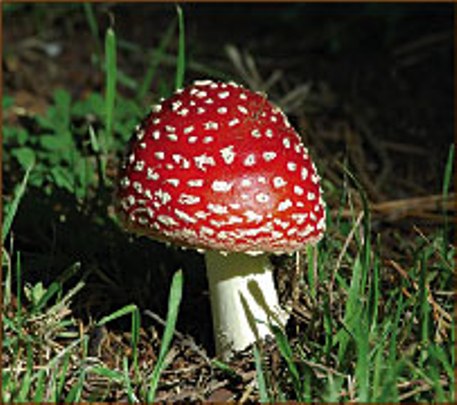
Facts About the Fungus Among Us
By Aparna Vidyasagar published
Fungi make up a whole kingdom of living organisms, from mushrooms to mold to yeast.
Sign up for the Live Science daily newsletter now
Get the world’s most fascinating discoveries delivered straight to your inbox.
